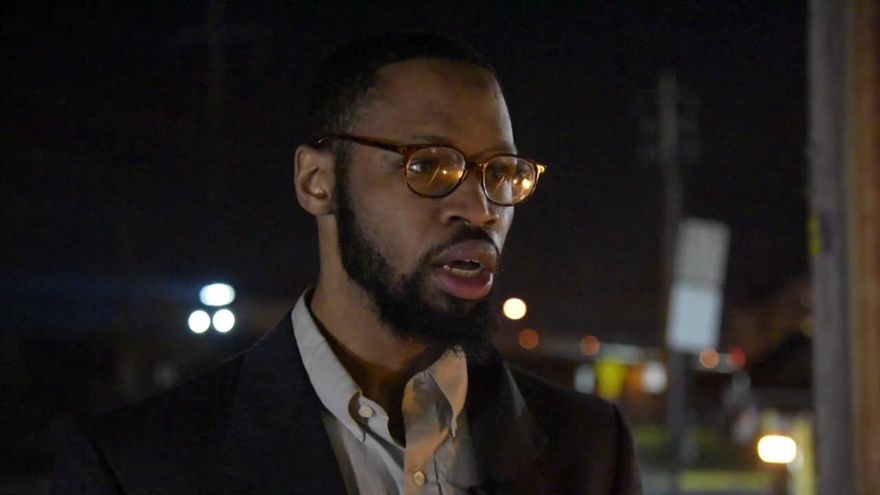
Wow. That was amazing, wasn’t it? I have not felt so full and fired up in a while. And judging from the internet, that’s true for so many of us white women. We got some joy, and we needed it! (Of course: many people who are not white women marched, and organized, and contributed from home; who I am addressing here is white women who marched, like me, all over this country.)
Here’s some more truth:
The first time I saw this it was captioned by Gabrielle Perry as, “I have NEVER seen Black feminism and White feminism so effortlessly displayed in one photograph.”
Our joyful march experience lives in a context: one in which we are a demographic which voted for Trump at 53%. One in which what we have called “feminism” has been experienced as exclusionary by women of color since the beginning. Not just “not deliberately inclusive.” Exclusionary, silencing, dismissive, refusing to recognize that our collective liberation is inseparable. As Flavia Donzan writes, and everyone steals, “My feminism will be intersectional, or it will be bullshit.”
We have been asked to stop this bullshit since the beginning, also. Harriet Jacobs starts her 1861 “Incidents in the Life of a Slave Girl” with this exhortation to Northern white women (Jacobs was from North Carolina but had no use for North Carolinian white women by this point): “Rise up, ye women that are at ease; hear my voice, ye careless daughters; give ear unto my speech. Isaiah xxxii. 9.”
So right now, when we are at a new point of possibility for doing better, and being worthy partners of the women of color who have done this work forever, here’s one way to think about how.
1. Start Where We Are
One perfect tweet from Eve Ewing during yesterday’s March: “If you identify as a feminist but have never read Audre Lorde, bell hooks, Patricia Hill Collins or Kimberlé Crenshaw, make it a 2017 goal.” You don’t have to feel guilty about not having read the work of these women. It actually doesn’t matter how you feel at all! Just get started. In my experience, knowing a bit about them doesn’t count. We are taught such terrible lies by our culture of white supremacy that we can’t unlearn them passively. We need to get the voices of these women in our heads, so we can learn to discern what patriarchal, white-supremacist bullshit lives in us, and fight it. Melissa Harris-Perry has given the world the gift of “The Black Feminism Syllabus.”
2. Don’t Stop There
The writers Ewing mentions and on MHP’s syllabus wrote at varying times; these are largely “get yourself grounded in the history of this struggle” resources. After that or simultaneously, give yourself the gift of learning what intersectional feminist genius is happening now. Once you start you won’t be able to stop, and you’ll find your own sources, but here are a few thinkers and writers you might check out (I freely admit these just happen to be people whose work I love): Roxane Gay, Luvvie, Saeed Jones, Linda Sarsour. Get Everyday Feminism’s weekly digest emailed to you. If Twitter unnerves you, you could keep it to just the four people listed (and @nowhitenonsense) and your life will still change for the better.
3. Get Out Of Your House
Totally the hardest one, but we gotta. Here’s a thing about white supremacy: it teaches us that we better not do things unless we can be perfect at them. It also teaches us that “self-made” men and women are a thing — that we are responsible to and for only ourselves and maybe our families. This is like a comforting blanket we can snuggle up in and be reassured that we don’t have to go somewhere we don’t know anyone, where people might wonder what the white lady is up to, where we won’t know what to do or if we are welcome. But we are also a culture that likes DOING things, so we are all asking each other “What can I DO?” This is a start to leaving the house/the internet, but the problem there is the “I.” White supremacy teaches us that proper self-made people fix it all ourselves—lead a march! start a new non-profit!—or honestly, why bother. So, the good news is: that’s more bullshit! What if we asked instead “What are we doing?” and by “we” we meant the people where we live? If you can find a place to go out to eat on Yelp, you can find the people doing the things where you live. Good places to start looking: local SURJ group (you may not want to join, but you will inevitably discover what else is happening in town, and they will be in accountable relationship to organizations led by people of color); give the Movement for Black Lives your phone number to get texted updates, including about what’s near you; and obviously you know better than me where to look where you live. Sometimes the Unitarians are a good bet! And the Women’s March people are as on top of this as they can be, for a national-level thing: they’ve got 10 actions for you to do in the first 100 days.
But really, remember what it felt like to be with people at the march, rather than at home reading another list about what to do, and just go to something somewhere, calmly knowing it won’t be the exact perfect thing and you won’t be the perfect contributor, because neither exist.
And of course, remember this joy we feel now! We will need it in the time to come! Let it lead us into deeper solidarity, rather than back to wherever we started, before our first marched step on Saturday morning.









